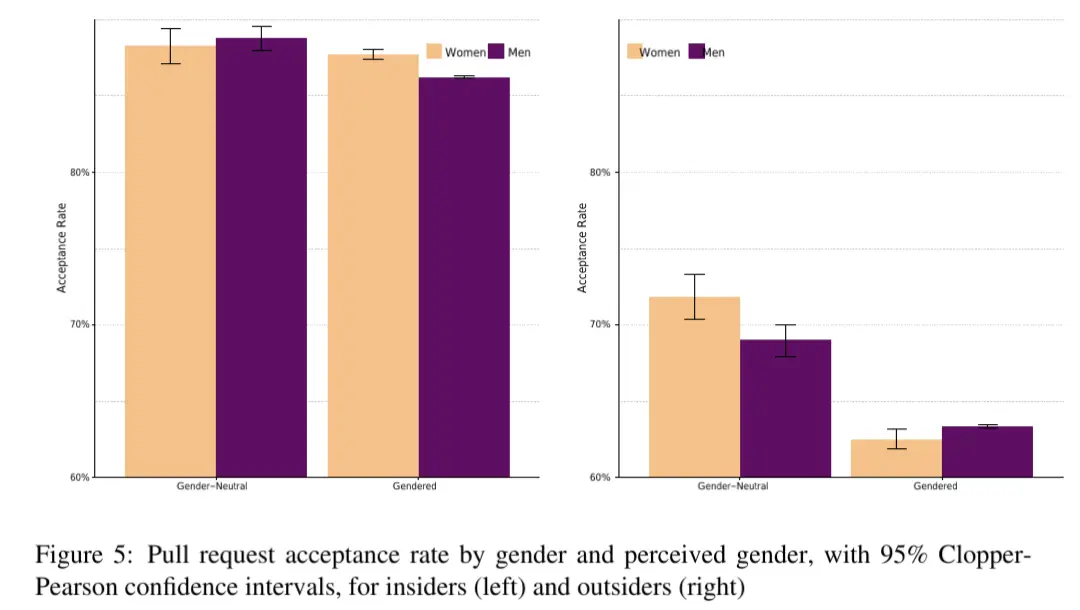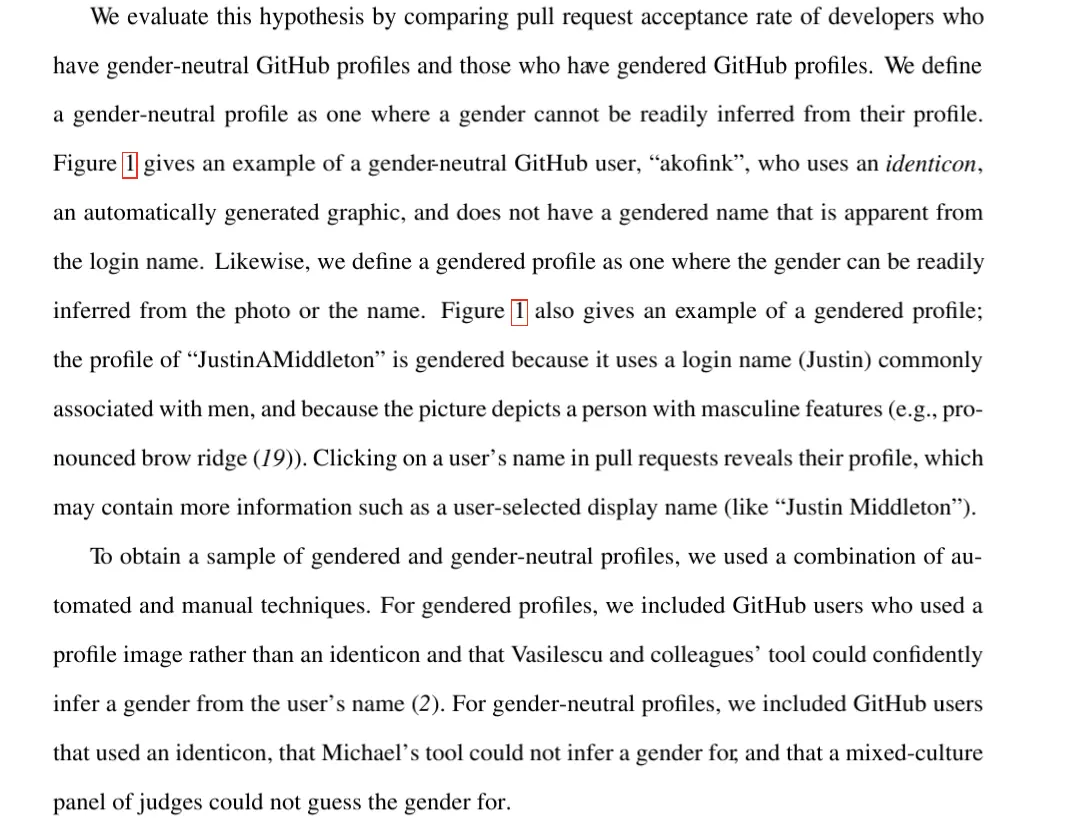

I use Mull on Android and so far I’m satisfied with it.


I use Mull on Android and so far I’m satisfied with it.


In case you get it tattoed, also put the entire conversation next to it. Would be funny at least for a few years. Then, probably no one will remember what a ChatGPT is.


It’s still there and playable. I read that NCsoft is currently in some financial trouble so if you want to give it another try, better start sooner than later. ;)


Would be also interesting to see other people’s up and downvotes but only after you voted. That way you’d still vote unbiased while at the same time getting to know how (un)popular of an opinion you have.


In case you haven’t done that already, also check out YouTube. I’m often suprised how much copyrighted documentaries are available there.


Amazing video which must have caused a huge amount of preparation work. Thanks for sharing!
Then he might not understand that it was on purpose. Get one for 50, have dinner there yourself for around 45 and give him the card with the few residual bucks.

Today is wednesday, so that thingy on the wall is obviously a frog! 🐸
As far as I know there is no plan to phase out Manifest V2 at Mozilla. As long as V2 and V3 are active in parallel it shouldn’t have a negative Impact on adblockers etc.
If you’re browsing ‘all’ without any filters there’s still a good portion of porn and porn-like content that’s objectfying and thus probably repelling women.
If it’s just a one time road block and you don’t want to drive through the water, you could have still get out of your shoes and carry the bike over there. On the left side you could probably even hop from trunk to trunk.
The path looks nice and thanks to the little creek, it’s probably less crowded. ;)
As a ‘last resort’ if you don’t find any technical tasks in the projects you’d like to contribute to, there’s also plenty of other ways to help:
Or simply ask the maintainers how you might contribute in a meaningful way. I’m sure they’ll appreciate your offer!


The study differentiates between male and female only and purely based on physical features such as eye brows, mustache etc.
I agree you can’t see one’s gender but I would say for the study this can be ignored. If you want to measure a bias (‘women code better/worse than men’), it only matters what people believe to see. So if a person looks rather male than female for a majority of GitHub users, it can be counted as male in the statistics. Even if they have the opposite sex, are non-binary or indentify as something else, it shouldn’t impact one’s bias.


Thanks for pointing that out.
Seems like a wild idea as… a) it poisons the data not only for AI but also real users like me (I swear I’m not a bot :D). b) if this approach is used more widely, AIs will learn very fast to identify and ignore such non-sense links and probably much faster than real humans.
It sounds like a similar concept as captchas which annoy real people, yet fail to block out bots.


Thank you. Unfortunately, your link doesn’t work either - it just leads to the creative commons information). Maybe it’s an issue with Firefox Mobile and Adblockers. I’ll check it out later on a PC.


Anyone found the specific numbers of acceptance rate with in comparison to no knowledge of the gender?
On researchgate I only found the abstract and a chart that doesn’t indicate exactly which numbers are shown.
edit:

Interesting for me is that not only women but also men had significantly lower accepance rates once their gender was disclosed. So either we as humans have a really strange bias here or non binary coders are the only ones trusted.
edit²:

I’m not sure if I like the method of disclosing people’s gender here. Gendered profiles had their full name as their user name and/or a photography as their profile picture that indicates a gender.
So it’s not only a gendered VS. non-gendered but also a anonymous VS. indentified individual comparison.
And apparantly we trust people more if we know more about their skills (insiders rank way higher than outsiders) and less about the person behind (pseudonym VS. name/photography).


Are there any better known sources? Charter97 doesn’t appear too trustworthy to me or am I wrong?
Agreed! Comments on comments were the last reason I sometimes went back to the original YouTube app!
Might taste just fine but looking at it, that’s not a form of presentation I’d consider as ‘food porn’.